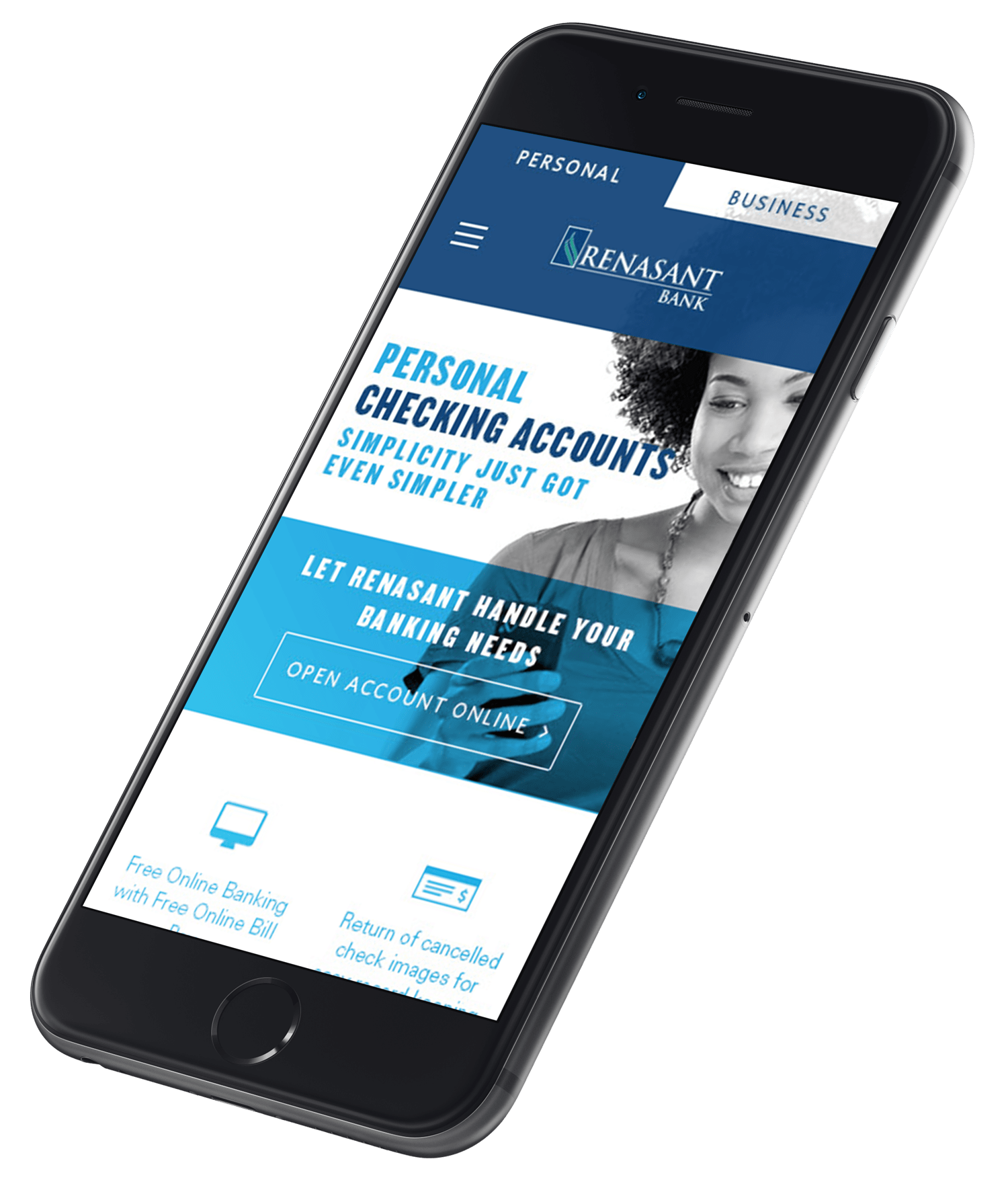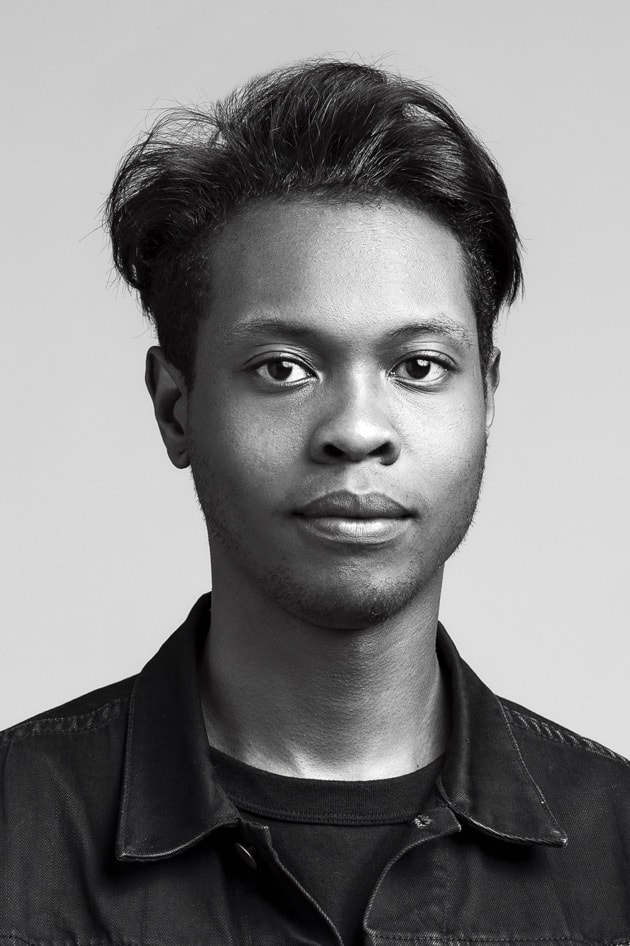Bank brands are the worst.
A few years ago, a group in the U.K. asked consumers what brands they’d like to sit next to at dinner. Facebook, Apple, Nike, and the other usual suspects popped up. But there were no bank brands at the table. More surprisingly, the same survey asked which brands respondents would argue with most at the dinner table. Microsoft grabbed first place—but still, no banks.
Responses to the second question say a lot more about the type of emotions bank brands cultivate within people. Any lingering negative sentiment from the Great Recession has long since dwindled away. Today, banks don’t really stir up anything in today’s consumers.
Couple this emotionless relationship with the rise of the “total experience economy,” where technology and ease of use create today’s best brands, and you’ll find that banks have found a home in the brand gutter. Why do banks insist on sticking to a failing course? Why do banks fall back on the same old process when evaluating who they are, what they want to be, and how to explain that to the larger market?
In banking, we use words like service and friendly and caring and community and cutting edge and innovation and laa de frickin’ da, but in reality, we just spent a few thousand dollars coming up with synonyms for customer service, solutions, and goals. Are we that vanilla, or are we just approaching the “exercise” the wrong way?

The Branding “Exercise”
Over the years, I’ve been part of more than 20 brand exercises to help banks, entertainment companies, large pharmaceutical companies, and law firms define or rethink who they are. I’ve seen it from every perspective: as an agency, client, creative, and company. All suffer from their own inherent disconnects, but still, I’ve grown progressively cynical of the output from this “exercise” and now find the whole charade quite amusing. If you don’t know, a typical (and yes, oversimplified) branding exercise goes something like this:
- Company hires Agency.
- Agency collects basic information about (e.g., has interns Google) Company and possibly sends a survey to Company employees.
- Agency and Company meet in a room and proceed to discuss the company using a few methods:
Method 1: “If You Were A [Object]…” This is a branding original from the earliest days of advertising, where office supplies, cars, and other inanimate objects are used to elicit descriptive words for how staff members think about their company. This usually results in a mix of “We’re old, but changing” or “We have some old parts, but we’re starting to make some upgrades,” and other nebulous allusions.
Method 2: Draw. Literally ask people to draw your ideal customer, or color something based on what color your company would be. Eventually, it becomes “Doodle because you’re no longer paying attention or you no longer care about this branding session.”
Method 3: The Quadrant or Spectrum. This is a personal favorite of mine. Each person makes a mark on a number of scales (think Fun/Serious, Cutting Edge/Established, or Upscale/Accessible) to show where they think the company fits. Then, Agency determines the averages.
- Agency takes research and flip charts back to the office and plugs in popular words from the meeting before using online thesauruses to come up with new words.
- Two to three weeks later, Agency delivers a positioning statement and messaging document chock full of everyone’s favorite buzzwords spread throughout. Something like…
We help people achieve more and become successful by giving them great advice and service, but still earn a reasonable profit because we believe in innovation and, also, you are not a number; you are a relationship and a client, and we love our communities and believe in hometown values, but we’re not the cheapest, but we are the best.
And then the big reveal. A new tagline: Banking on You. And Us. Together. Forever. One You. One Us. One Why.
- Company feels good, and the new “Banking on You” campaign comes out. Everyone feels like they’ve finally created something special.
But they haven’t. They’ve just created a campaign. And three to five years later, a new marketing person or executive will repeat the process with a new agency, because Company has “outgrown” the previous “brand.”
Exercising the Wrong Parts
If you do the same workout every day, you won’t see your body change very much. Muscles get complacent, and the human body adapts to repetition. The same applies to branding. You can’t change your makeup without giving your system a shock from time to time. You have to change the “weights” and the “routine.”
Adjusting the Brand “Weights”
Your bank brand gets weighed down by a number of internal and external drags. There will always be regulation and compliance, but the larger weights tend to be consumer/market fragmentation, heritage or legacy, and misguided research.
Consumer (or market) fragmentation clouds the brand process for many banks. The moment your community bank leaves its original community and grows into a new town, or moves from a rural to more metropolitan location, your “ideals” are challenged. I’ve heard so many “things are different across the river” conversations in banking. Yes, towns are unique, but there are many brands that permeate towns of all sizes, so don’t let fragmentation weigh down your thinking.
Heritage and legacy have long plagued companies. Need a case study? See Sears. Banks are often old, but more than likely, you’re not who you were in 1924. It’s OK to throw it back to the good ol’ days—nostalgia is a powerful and wonderful sentiment—but it can’t define who you are today. Don’t discount an aspirational component to your new brand simply because the “older markets aren’t going to like it.”
Misguided research is the death knell of so many agencies. In the earliest conversations with clients, they’re often getting piecemeal reports from various company sources. Then, the agency uses the information from those reports to develop broad generalizations about the types of customers the bank serves. All of these assumptions are made from just a few weeks’ worth of data. If there are two things I know about banking, they are:
- There’s a ton of great data about the bank’s customers available.
- No one in the bank has the same information.
Don’t get overly ambitious about something you see in the data unless you’ve verified it with three other sources.
Changing the Brand “Routine”
Branding should focus a company; it should help set the foundation for every message, ad, technology decision, and customer experience that falls under it. This rarely happens in most industries, but even less so in banking.
Heritage, notoriety, and service are often go-to bank brand foundations. Legacy can only take bank brands so far today, and service is too watered down after years of empty promises and the rise of online accountability through reviews, ratings, and consumer forums. We live in a world where many top brands are much younger than their established rivals. Although being in the business for 100 years does mean something to consumers, it just doesn’t mean as much as it once did.
When you want to rebrand or refresh your brand, take time before you reach out to a creative firm to talk through exactly what you hope to accomplish. A goal of cleaning up a logo and creating a consistent, multichannel look and feel is very different than “We’ve outgrown who we are and need to change the way we communicate to customers and the larger market.” If the latter is most true for you, you don’t need an agency to immediately come in and run the show. Take the time to bring your employees and customers together to discuss what your organization is, how it’s changed, and what it needs to get better. And if this is truly a brand you want to live for many years to come, let a few creative companies take their best shot at it. Why limit yourself to one group?
Brand or Deliver
Before you start any branding endeavor, make sure you’re seeking the right output. I fluctuate on how important bank branding is on a year-to-year basis—not because it’s not important to understand who you are and what sets you apart; I just don’t think banks accomplish much when reviewing and/or updating their brands.
In a commodity business, where 90 percent of competitors have nearly the same product set and essentially the same message about superior customer service, will branding set you apart? It should, right?
That sounds like an opportunity to me. But, given that banks always seem to fall into the same routine, should they not shift their attention to simply out-executing the competition? Are the best brands today not the best customer experience companies that also filled a timely need in the market? Think Uber, Netflix, Amazon…do you know what any of these companies really standfor? Or do you just value the convenience and experience they provide that far outpaces any similar service?
This brings up the almighty question: Does traditional branding really help banks succeed? Yes, you need consistency in look, message, etc., but beyond brand consistency, should your branding strategy be more of a customer experience strategy? When will a bank come to the table and not only say, “We make banking easy,” but actually devote multiple positions to ensure that every customer touchpoint is perfected? When will banking COOs, CTOs/CIOs, and CMOs work through a CCO (chief customer officer) who has to approve each change based on what it will do to the customer experience?
In other words, when will banks stop branding and start delivering?




